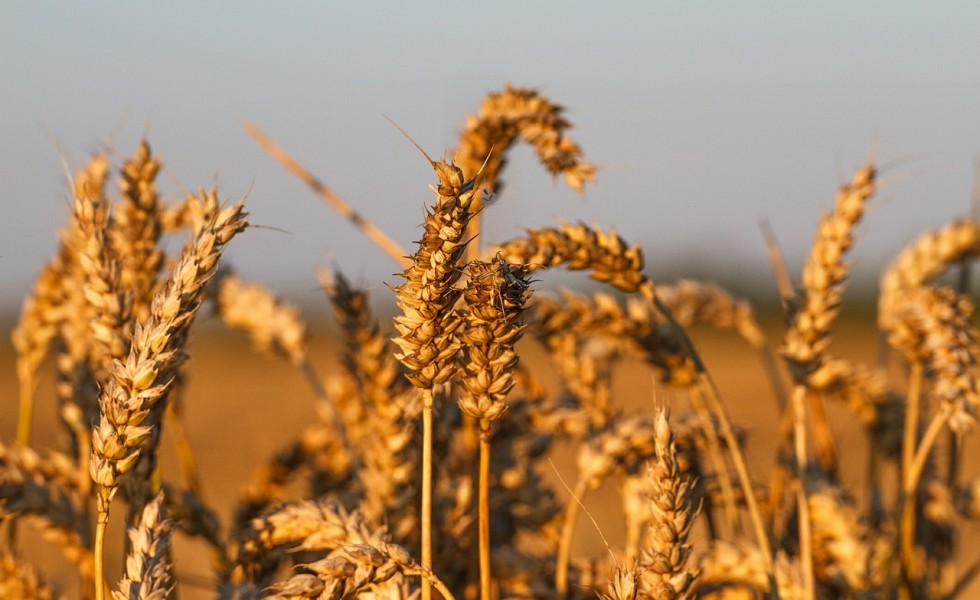Tweet, Tweet
Posted on November 4, 2015

The tweeting heard by U.S. farmers and ranchers this fall isn’t that loquacious social media birdie Twitter. Instead, it’s canaries—coal mine canaries, to be exact—and their song is neither short nor sweet.
In fact, it’s downright dour. According to U.S. Department of Agriculture data, this year’s 36 percent fall in net farm income is the biggest drop since the bad year of 1983. Just two years ago, net farm income set a record, $123.7 billion. This year, USDA sees it collapsing to $58.3 billion, down from 2014’s still-good $91 billion.
A $32.7 billion, 12-month belly flop like that requires almost every ag sector to fall face-first off a cliff and, boy, will they. This year’s cash sales compared to last, forecasts USDA, show:
–corn down an estimated $7.1 billion;
–soybeans down $3.4 billion and wheat off by $1.6 billion;
–total U.S. dairy receipts down by 29 percent, hog receipts off 27 percent and
–total livestock sales down a whopping $19.4 billion.
By contrast, government payments show a big increase: USDA pegs 2015 farm program costs at $11.4 billion, 16 percent more than 2014 and the most since 2010.
This bleak picture, issued Aug. 25, stands until USDA issues an update next February. Farm and ranch suppliers, however, aren’t standing still; several have initiated cutbacks while others are well into company-wide lay-offs.
For example, in early October, Monsanto Co. (just six weeks after ditching its $46 billion takeover attempt of competitor Syngenta—what was it thinking?) announced a 12 percent cut in workforce. This followed an announcement that it had booked a $500 million loss for its fourth quarter, typically a slow quarter for most seed companies. Last year, however, that quarterly loss was $156 million. In early October, the Wall Street Journal reported Monsanto’s share price was down 26 percent for 2015.
Likewise, Deere & Co. has seen its stock price dry up as the 2015 crop has dried down. In mid-July, Deere was trading at $92. One month later it was $86; today it’s closer to $75 as the company deals with 2015 total sales that are estimated to be 25 percent lower than 2014.
The seed and iron peddlers aren’t alone. Some ag sectors, like crop insurance, are undergoing deep retrenchment.
In late March, Deere completed the sale of its crop insurance business to Farmers Mutual Hail Co. of Des Moines. On July 31, Monsanto sold Climate Corp.’s crop insurance business to AmTrust Financial Services. In August, Wells Fargo announced the sale of its crop insurance arm, Rural Community. At least one more insurance firm is rumored to be on the sales block, also.
Why all the running away from a business that just two years ago, during the writing of the crop-insurance laden 2014 Farm Bill, looked like a government-backed sure bet?
For the same reason Deere and Monsanto are suffering in their respective core businesses: falling grain prices mean falling insurance price guarantees and that means limited—or worse, no—profits. As such, marginal players (often defined as those with less than $1 billion of in-force policies) are ditching their crop insurance branches in search of deeper-rooted, greener trees.
Those will be nearly impossible to find in almost any ag sector next year. Even cash-renting landowners, those often-scorned townies with no crop-growing risk at all, are in the gun sights of Land Grant economists who now suggest tenants “negotiate” with landlords to lower 2016 cash rents.
“Rents are the major input cost for soybeans and corn,” wrote David Bau of the University of Minnesota Extension Service Oct. 5, “accounting for 44 ½ percent and 28 ½ percent, respectively.”
As such, he continued, “There should be pressure on rental rates to decrease in 2016, but there will need to be some tough negotiations,” he added.
First, maybe, send ‘em a canary. Goodness knows, farmers and ranchers have more than they need.
© 2015 ag comm
Share This